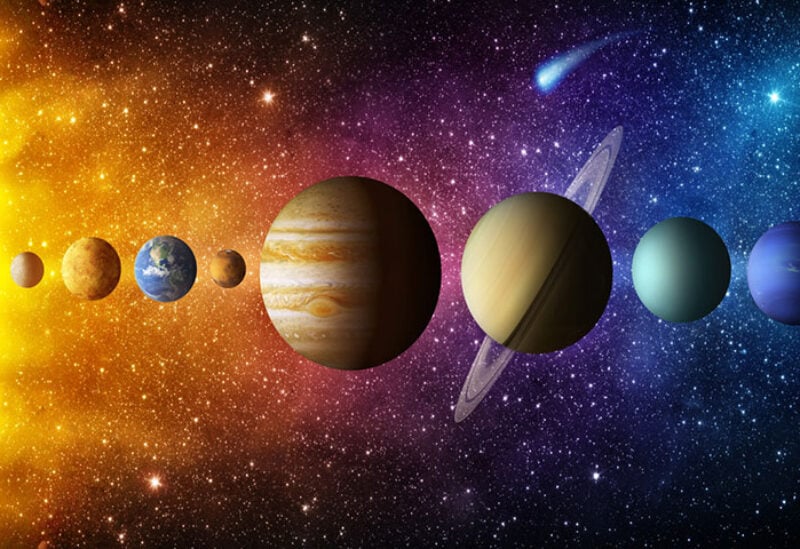
Venus planet
Venus, as it exists today, bears little resemblance to Earth. However, recent studies have suggested that in its earlier years, Venus might have exhibited some features similar to our own planet, according to media reports. Despite this, Venus’s current hostile conditions, characterized by extreme temperatures and clouds laden with sulfuric acid, make it vastly different from Earth.
However, in the study published in the journal Nature Astronomy it is said that in its early days, Venus might have shared Earth-like characteristics that involved plate tectonics.
The research, led by Matthew B. Weller, a planetary scientist at the Lunar and Planetary Institute in Houston, indicated that both Earth and Venus likely experienced plate tectonics during a similar time period.
Reports quoting the study said that the geological processes related to plate tectonics might have hidden away a substantial amount of the carbon dioxide responsible for Venus’s current scorching conditions.
According to Dr. Weller, this information opened up the possibility that billions of years ago, Venus might have been a place where life could have thrived.
The presence of plate tectonics implied that Venus would have been “cooler and then there would have been more liquid water,” Dr. Weller said.
Rather than identifying visible surface features like the San Andreas fault, the researchers focused on the composition of the atmosphere, specifically nitrogen.
When rocky planets such as Earth and Venus form, nitrogen gets trapped in minerals. However, during volcanic eruptions, these minerals melt, breaking chemical bonds and allowing nitrogen to escape into the atmosphere, where it remains.
Dr. Weller explained that nitrogen serves as a diagnostic tool for deciphering a planet’s tectonic history.
To reach their conclusions, Dr. Weller and his colleagues from Brown University and Purdue University employed computer simulations to explore two tectonic models.
The first, known as the “stagnant lid,” applies to worlds like Mars and the Earth’s moon, where the outer crust forms a solid, immobile shell, trapping most gases beneath it.